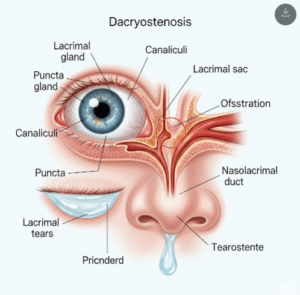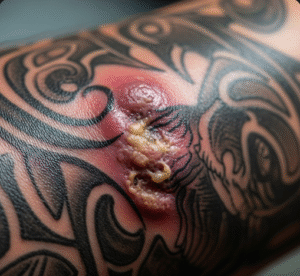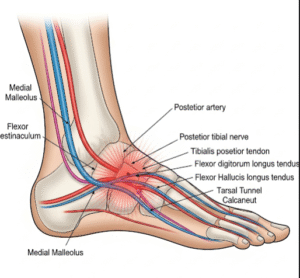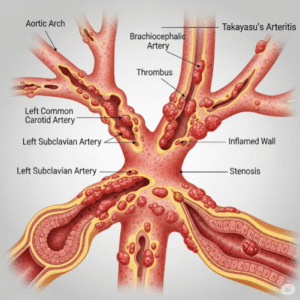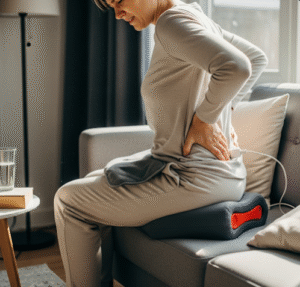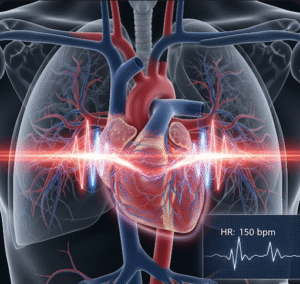Overview
Staph infections are caused by Staphylococcus bacteria, a group of germs commonly found on the skin or in the nose. While often harmless, these bacteria can sometimes cause skin infections that range from minor irritations to serious, potentially life-threatening conditions. In Korea, skin-related staph infections are frequently seen in clinics and hospitals, especially among athletes, children, and individuals with weakened immune systems.
What is Staph Infection (Skin)?
A staph infection occurs when Staphylococcus bacteria enter the skin through a cut, scrape, or hair follicle. The infection can lead to redness, swelling, warmth, pain, pus formation, and abscesses. While most skin staph infections are mild and treatable, some can become more serious and spread to the bloodstream or other internal organs if not properly managed.
Symptoms
- Red, swollen, or painful area on the skin
- Pus or drainage from the affected area
- Warmth or tenderness around the site
- Boils, abscesses, or blisters
- Fever or chills (if the infection spreads)
- Skin crusting or peeling
Causes
- Staphylococcus aureus is the most common bacteria responsible
- Entry through cuts, insect bites, or hair follicles
- Poor hygiene or contact with contaminated surfaces
- Sharing personal items like towels or razors
- Living or working in close quarters (e.g., gyms, dormitories)
Risk Factors
- Compromised immune system
- Diabetes or chronic skin conditions (eczema, psoriasis)
- Use of intravenous catheters or medical devices
- Participation in contact sports
- Poor wound care or hygiene
- Hospitalization or recent surgery
- Children and elderly individuals
Complications
- Cellulitis (deeper skin infection)
- Abscess formation requiring drainage
- MRSA (Methicillin-Resistant Staphylococcus aureus) – antibiotic-resistant form
- Bloodstream infections (sepsis)
- Bone, joint, or organ infections if bacteria spread internally
- Delayed wound healing
Prevention
- Regular handwashing with soap and water
- Keep wounds clean and covered
- Avoid sharing towels, clothing, or razors
- Shower immediately after sports or workouts
- Clean gym equipment before use
- Use antiseptic creams on minor cuts or abrasions
- Seek early treatment for suspicious skin infections
Treatment Options in Korea
Korea’s medical system is highly equipped to diagnose and treat staph skin infections, with options ranging from topical care to advanced antibiotic therapy.
Diagnostic Methods:
- Physical examination by dermatologists or general practitioners
- Swab test of the wound to identify bacterial type
- Blood tests if systemic infection is suspected
Treatment Approaches:
- Topical antibiotics (e.g., mupirocin) for mild infections
- Oral antibiotics such as cephalexin or clindamycin
- Incision and drainage for abscesses or boils
- IV antibiotics for severe or MRSA-related cases
- Antiseptic washes (e.g., chlorhexidine) for recurring infectio




